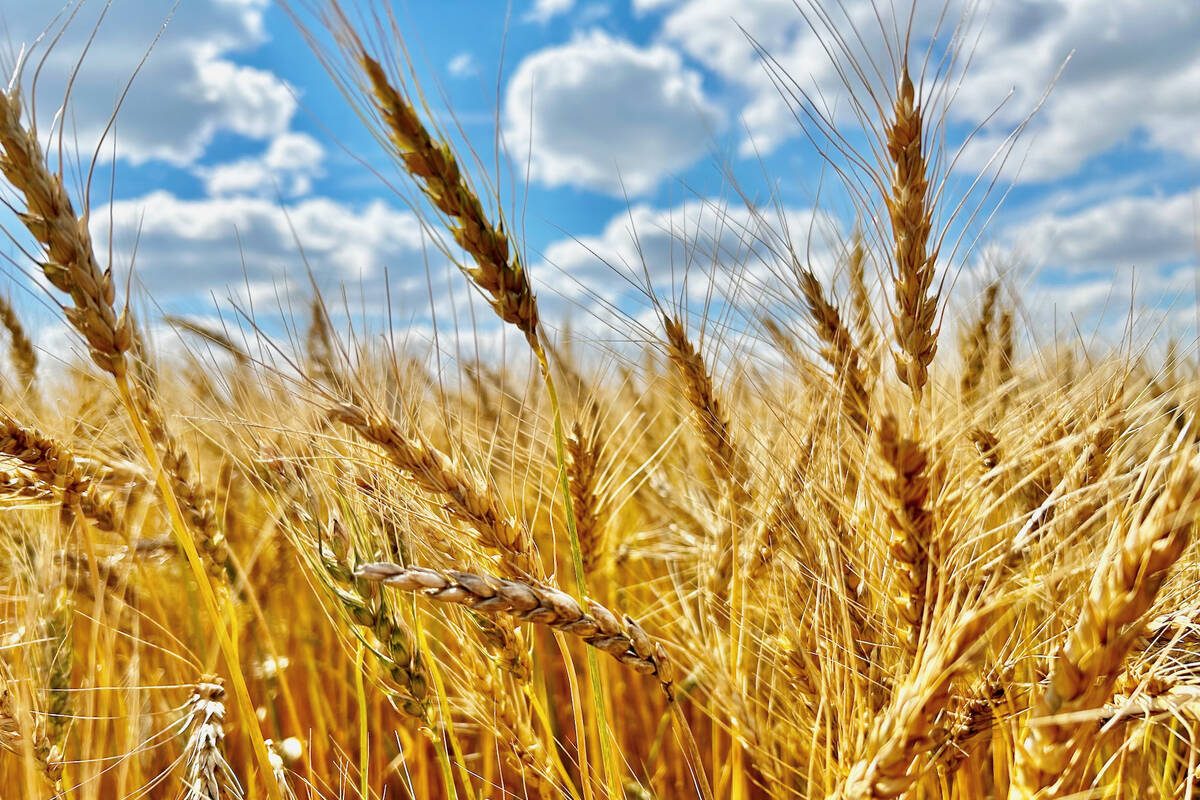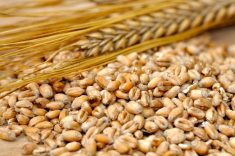Compared to last week, western Canadian feeder cattle markets traded $5 to as much as $12 above week-ago levels. Alberta packers were buying fed cattle on a dressed basis in the range of $332-$335 delivered, up $5-$8 from last week.
Stronger fed cattle prices and softer barley values underpinned the yearling market. Buyers were finicky as flesh levels were quite variable. The U.S. Department of Agriculture’s Ag Outlook Forum presented a bearish outlook for new-crop corn, which contributed to the stronger tone. Feedlot operators in Alberta focused on local cattle as temperatures dipped to extreme lows. Logistical factors came into play as prices in southern Alberta led the western Canadian market higher. There were larger supplies of backgrounded cattle available and markets had no problem absorbing the additional volume. This usually confirms the price structure. Finishing feedlots were aggressive on calves and these animals are heading into the feedlot. Buyers shopping for grassers were hesitant to step forward.
Read Also

Expana lifts EU cereal forecasts, maize exceeds expectations
Expana has raised its monthly grain production forecast for European Union crops for the 2025/26 season, projecting soft wheat output will hit a record high and barley a 17-year high.
In central Alberta, mixed steers with medium to lighter flesh weighing just under 1,000 lbs. on light grain diet with full health records sold for $233. Northwest of Winnipeg, Charolais-based steers with medium to heavier flesh levels averaging 1,050 lbs. notched the board at $229 and tan steers carrying thicker butter scaling at 920 lbs. dropped the gavel at $248. In southern Alberta, medium- to larger-frame mixed steers with thicker flesh levels averaging 940 lbs. were valued at $237.
East of Saskatoon, red medium-frame steers with thicker flesh weighing 830 lbs. sold for $242. North of Brandon, mixed steers with lower flesh levels evaluated at 770 lbs. sold for $265. Near Lethbridge, black Limousin-blended thinner steers weighing 782 lbs. were bid up to $278.
North of Calgary, Hereford mixed steers coming in at 660 lbs. were quoted at $284 and black Angus-based steers at 650 reached up to $296. In Manitoba, a small group of black and red steers weighing 635 lbs. sold for $302 and similar-quality heifers scaling at 620 lbs. were purchased for $255. In southern Alberta, mixed steers weighing 500 lbs. were purchased for $358 and mixed heifers weighing 575 lbs. sold for $307.
USDA projected 2023 corn production would reach 384 million tonnes, up 35 million tonnes from the 2022 output. Friday’s USDA Cattle on Feed report was considered bullish. This comes on the heels of a friendly Alberta and Saskatchewan inventory report seven days earlier. When markets are bullish, all the news is bullish.
— Jerry Klassen is president and founder of Resilient Capital, specializing in proprietary commodity futures trading and market analysis. Jerry consults with feedlots on risk management and writes a weekly cattle market commentary. He can be reached at 204-504-8339 or via his website at ResilCapital.com.
















